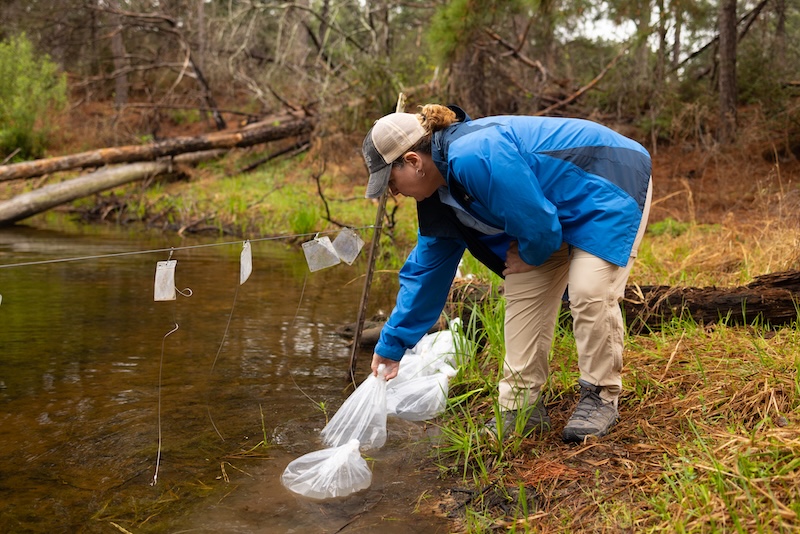
Zoos across Texas are speaking out in favor of two new bills designed to safeguard their animals, staff, and visitors from a troubling trend—unauthorized entry into animal enclosures. Backed by the Texas Travel Alliance and key legislators, House Bill 1720 and Senate Bill 2969 propose stricter penalties for trespassing at zoos and damaging animal habitats.
The bills, introduced by Representative Barbara Gervin-Hawkins of San Antonio and Senator Tan Park of North Texas, would make it a jail felony to trespass in any zoo or animal facility. If harassment of animals leads to injury or death, the offense would escalate to a third-degree felony—a serious criminal charge.
“Some people break into zoo habitats for social media attention. Others cause real harm,” said Tim Morrow, President & CEO of San Antonio Zoo. “The laws just don’t reflect the severity of the threat. We need stronger deterrents.”
Not only do these bills define a clear criminal offense for habitat intrusion, but they also require offenders to cover the cost of property damage—something current laws fail to mandate. This update would help zoos recoup losses and maintain safe, welcoming environments for families.
The Texas Travel Alliance, which represents travel and tourism businesses across the state, including many zoos and aquariums, has thrown its full support behind the legislation.
“This is about keeping animals safe and ensuring a positive, secure guest experience,” said Erika Boyd, the Alliance’s President & CEO. “We’re pushing hard for these protections during this legislative session.”
With incidents of zoo intrusions on the rise, this legislation sends a strong message: Texas stands behind its zoos, the animals in their care, and the millions of visitors who enjoy these institutions each year.
🔗 Sources & Learn More
- San Antonio Zoo Official Website https://sazoo.org
- Texas Travel Alliance https://www.texastravelalliance.org
- Texas Legislature Online – HB 1720 https://capitol.texas.gov/BillLookup/History.aspx?LegSess=88R&Bill=HB1720
- Texas Legislature Online – SB 2969 https://capitol.texas.gov/BillLookup/History.aspx?LegSess=88R&Bill=SB2969






